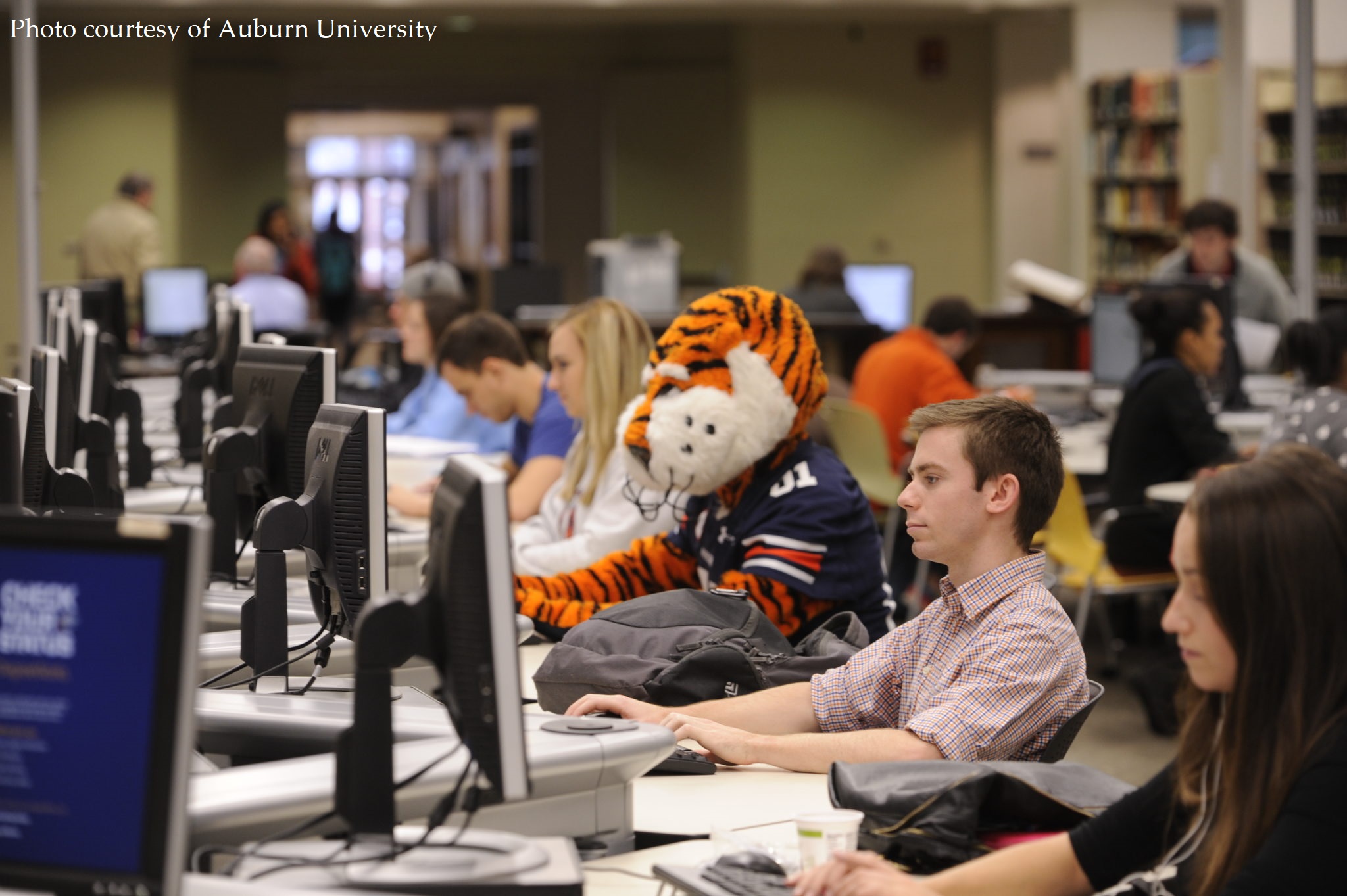Digital devices have become part of our everyday lives, at home, at work, and at school. As an example of technology integration in education, e-textbooks are becoming more available in higher education as they offer features that are intended to enhance teaching and learning at a cost advantage. Adoption of e-textbooks in US higher education institutions have been mostly driven by student choice although some universities have developed university-wide programs that are instructor-driven and lead to wider adoption of this technology.
NSSE researchers sought to better understand students' engagement with e-textbooks and so appended a set of questions focused on e-textbooks to the NSSE 2018 administration at 34 institutions, resulting in over 10,000 respondents. They found that students who are more likely to use e-textbooks tend to be living on campus, identify as men, or are 19 years old or younger. Students majoring in Biological Sciences, Physical Sciences, Business, and Engineering are more likely to use e-textbooks as well. Students enrolled at larger, public, or doctoral- or master's-granting institutions were more likely to use e-textbooks.
Students who preferred using an e-textbook over a traditional print textbook were most interested in the ability to use a keyword search, and had a smaller interest in the ability for instructors to highlight and annotate text, the cost, and offline access. Contrary to e-textbook publishers' promotion of first-day access as a key feature in promoting their textbooks, students had very little interest in this feature. Students who preferred print textbooks had a small preference for selling back the book after the course was over and the ability to hand-write notes and add highlights.
Overall, students who more frequently used the interactive features of e-textbooks reported that their use of the e-textbook contributed to their learning and coursework completion. This relationship was the strongest for features that allowed for more frequent interactions with other students, sending their questions to instructors, and being able to take notes in their e-textbook. More details about this study, presented at the 2019 AERA conference, can be found here.


